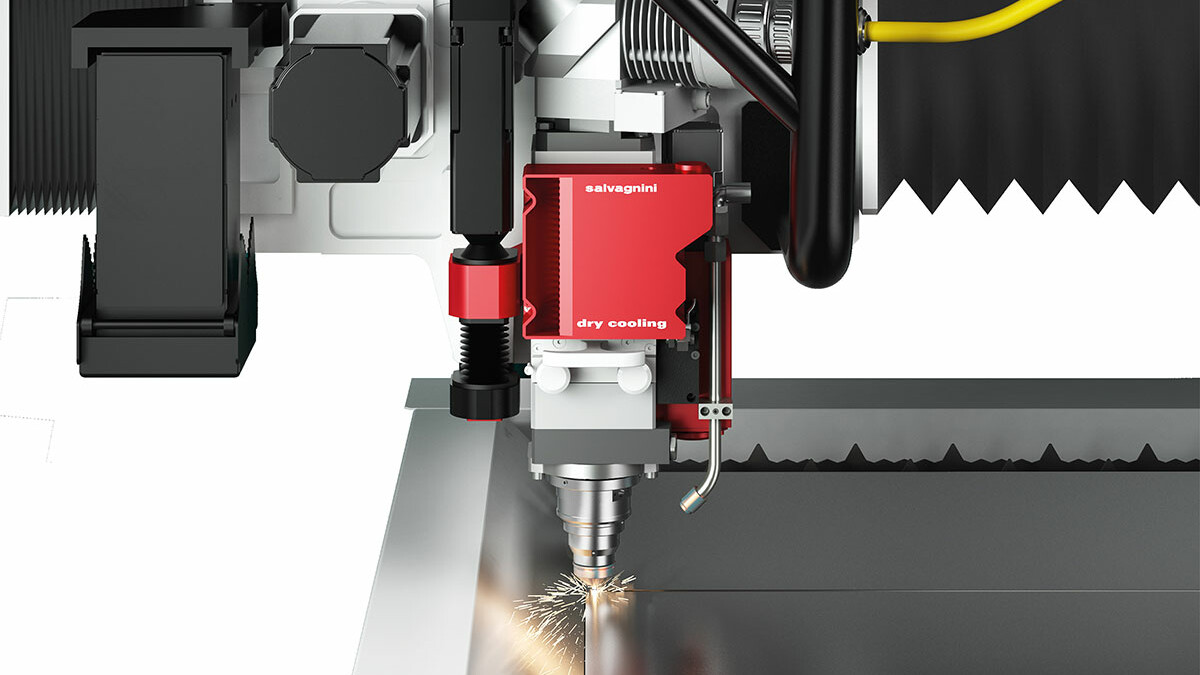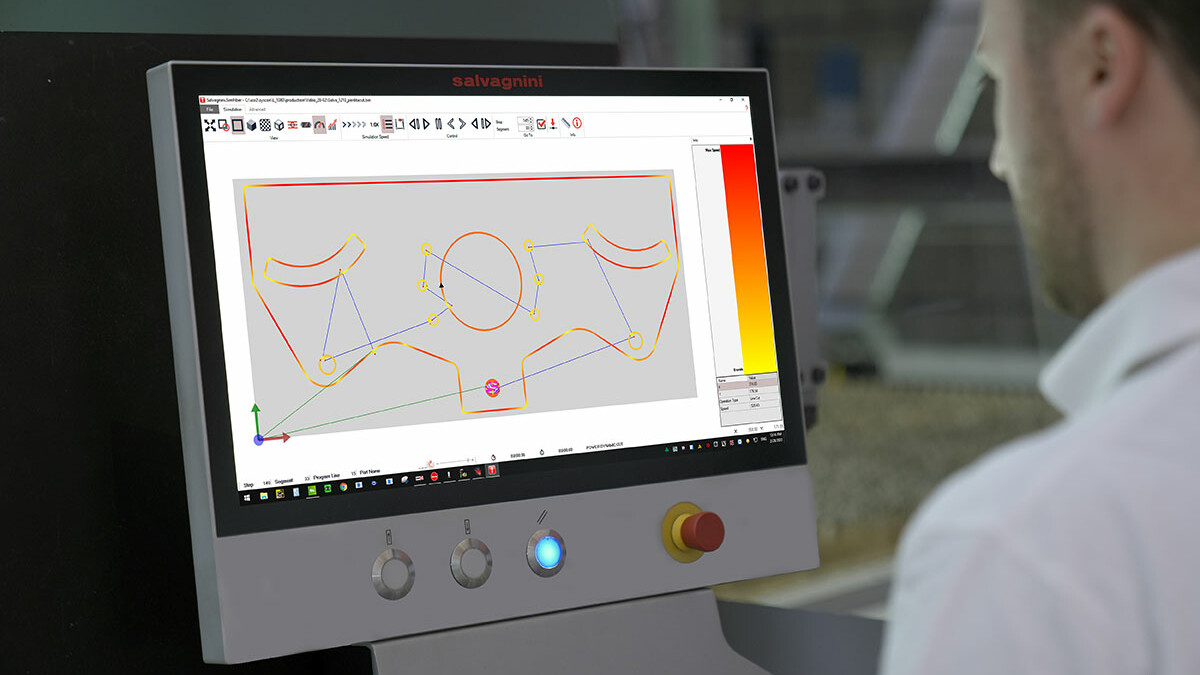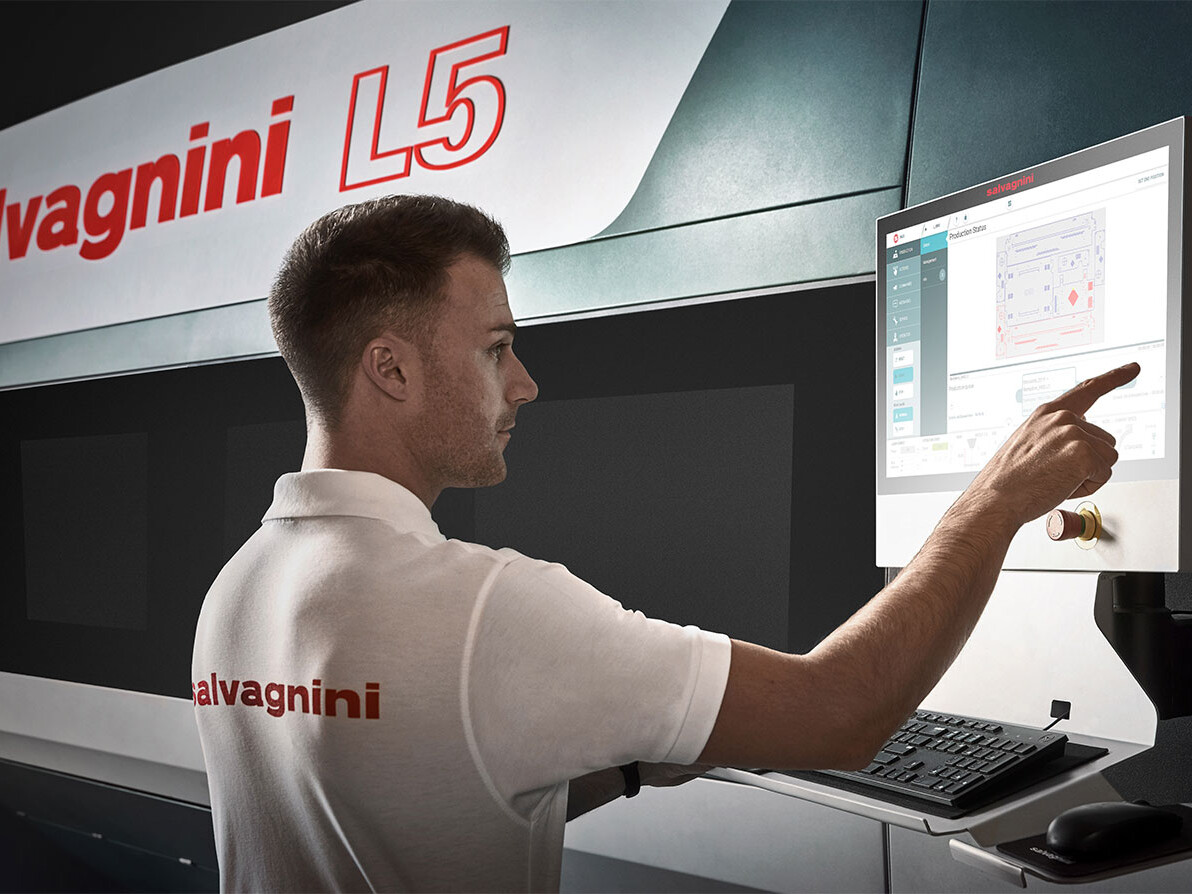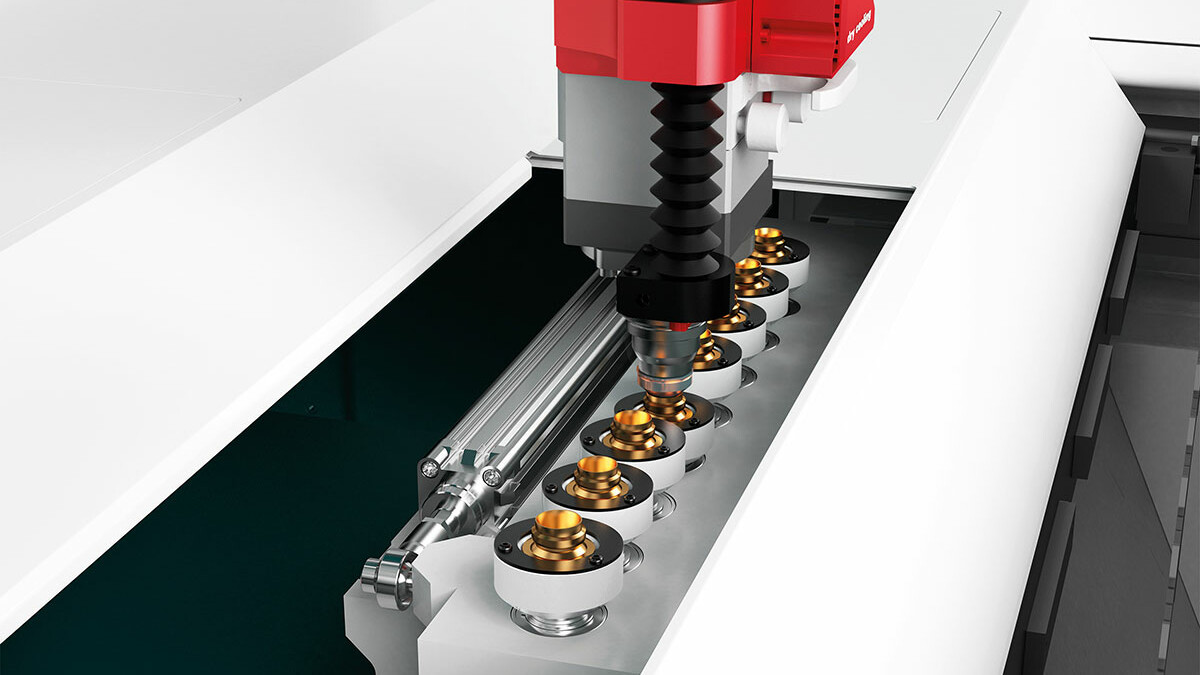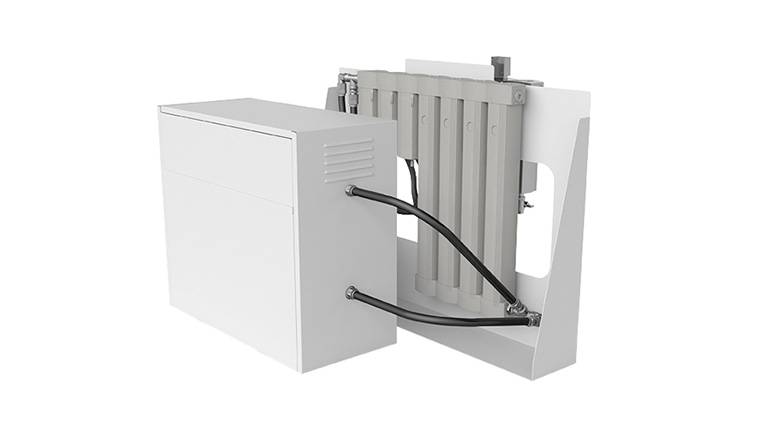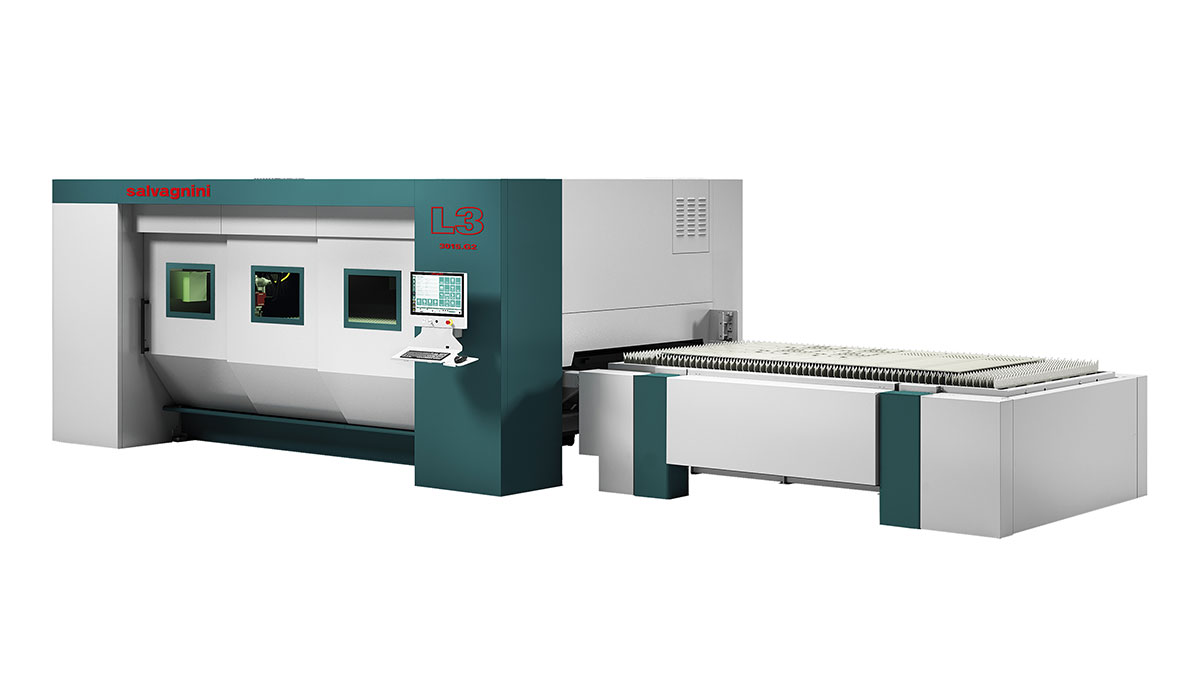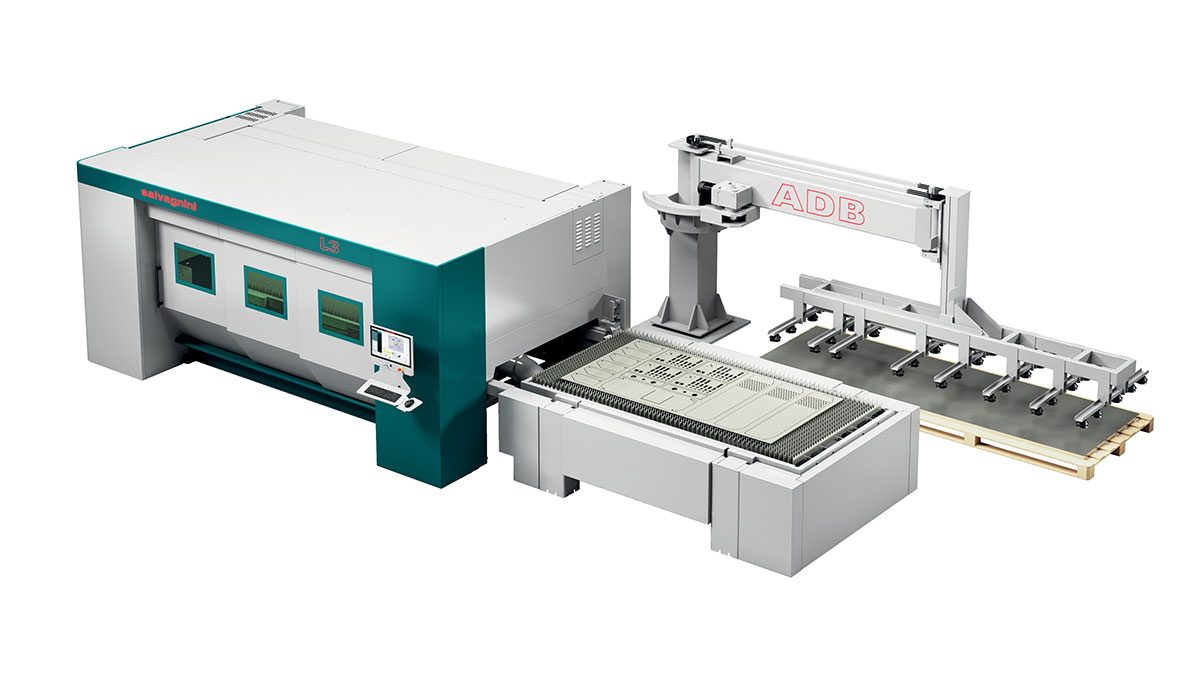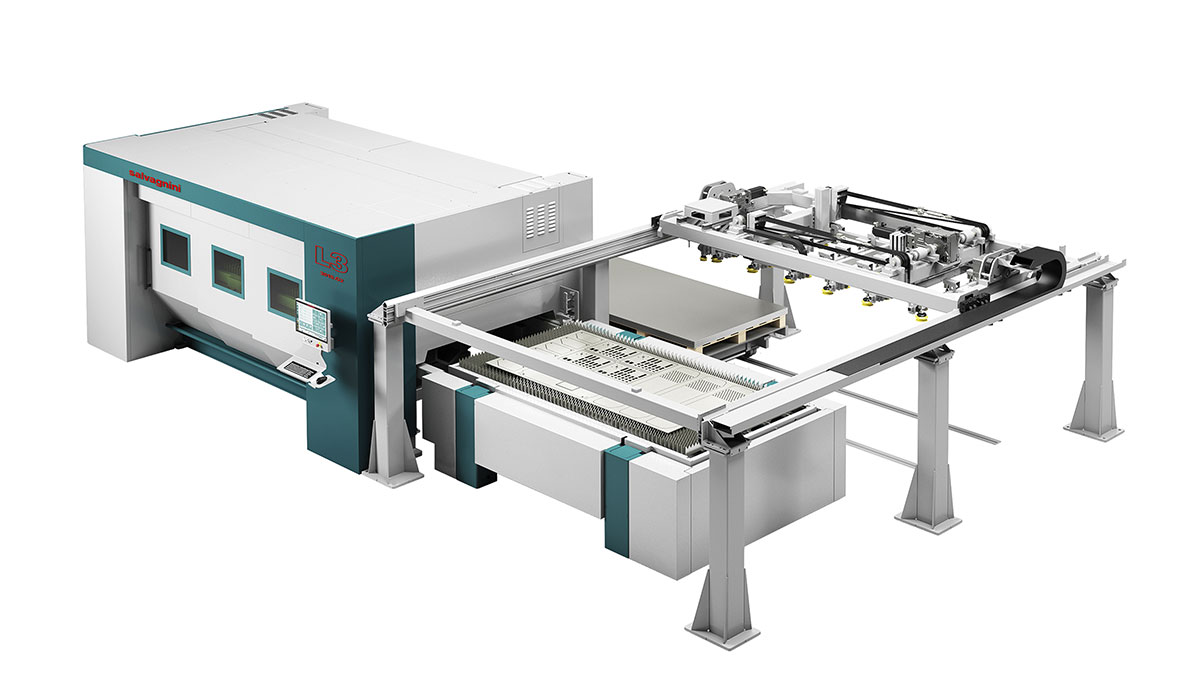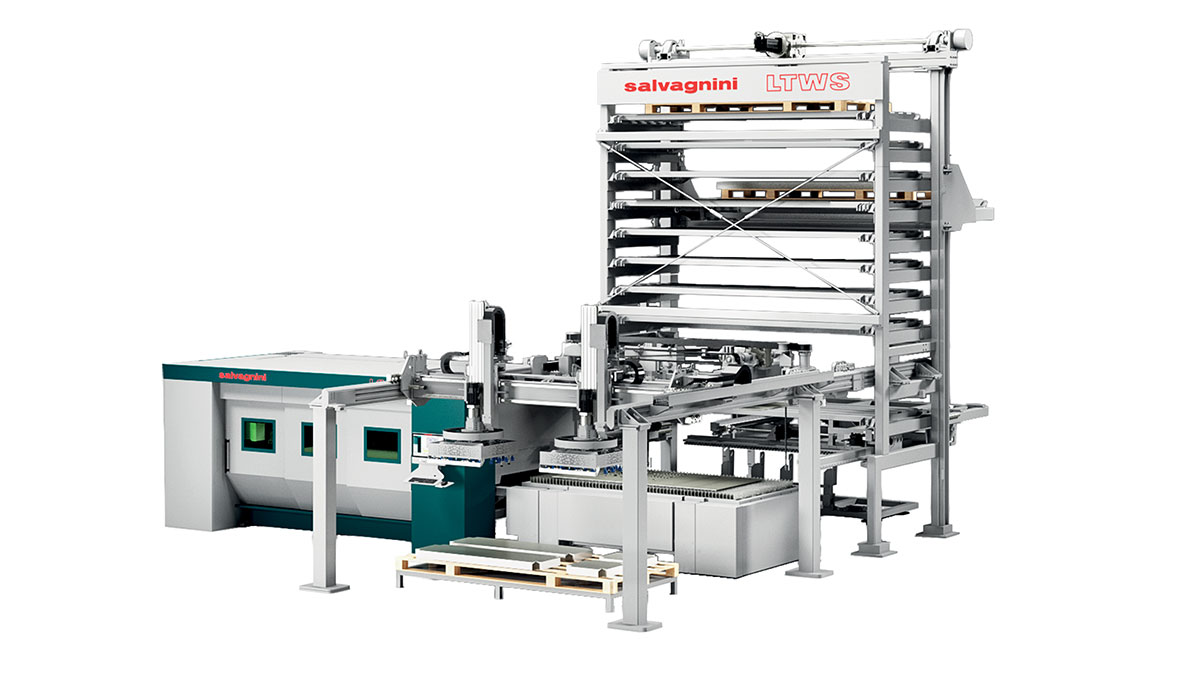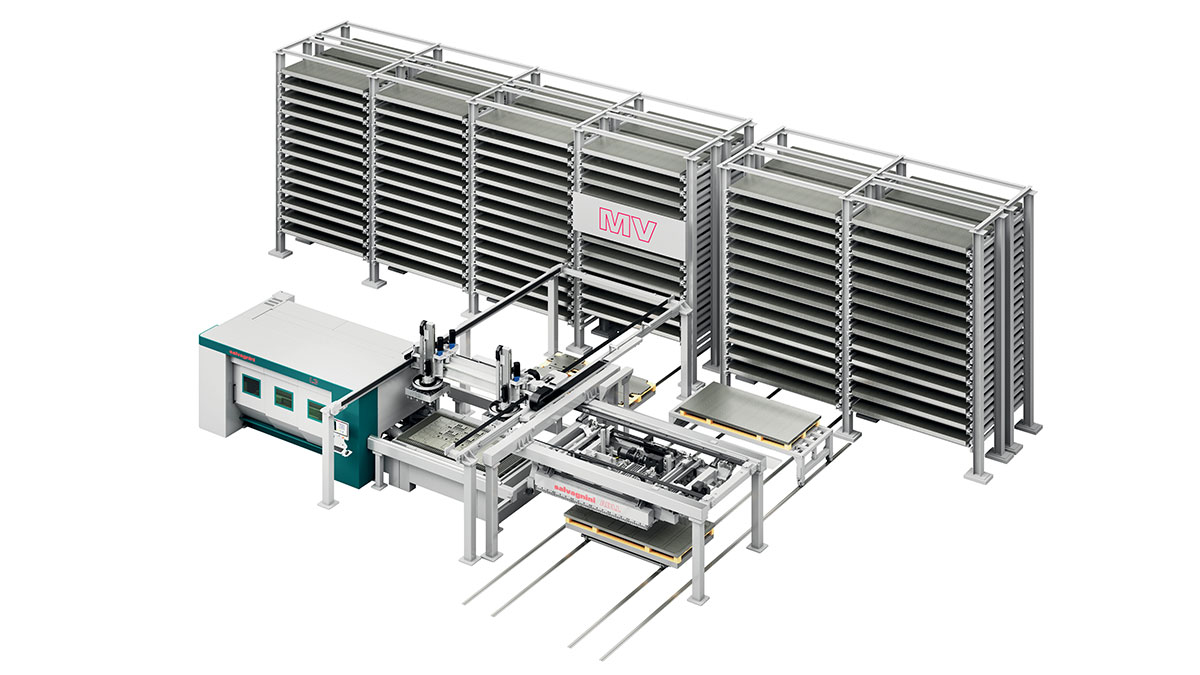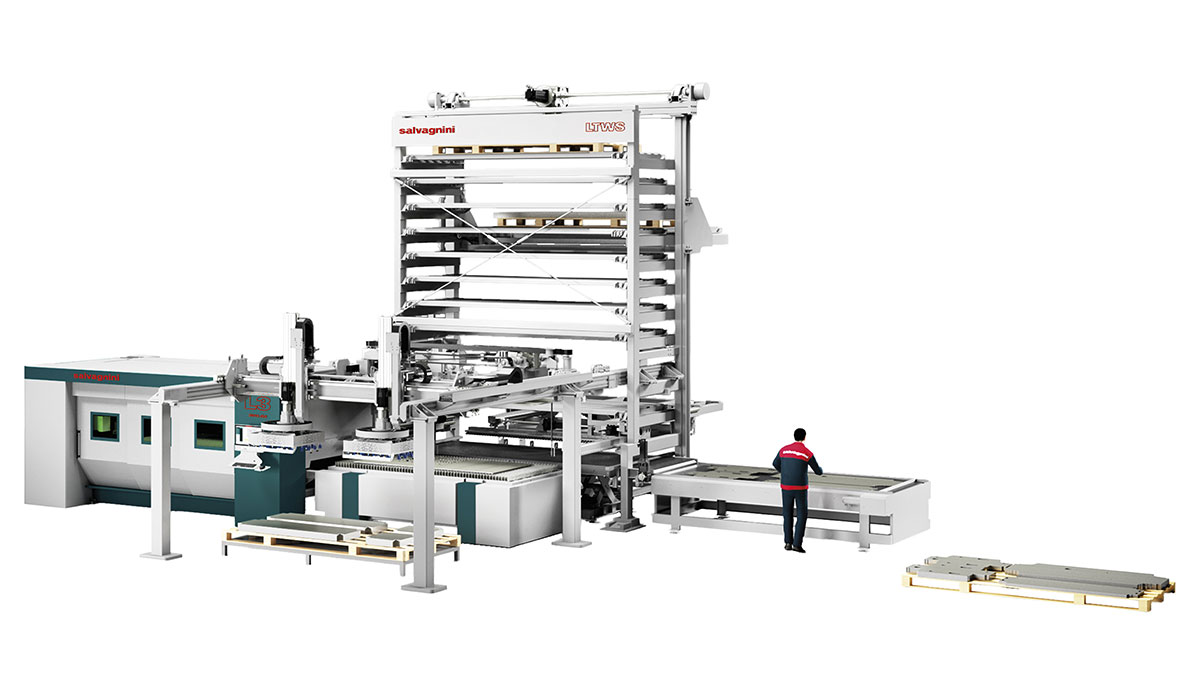Adaptive fiber laser
The L3 is a versatile, multi-purpose laser designed for transversal use, whatever the applications, materials and thicknesses.
Product overview
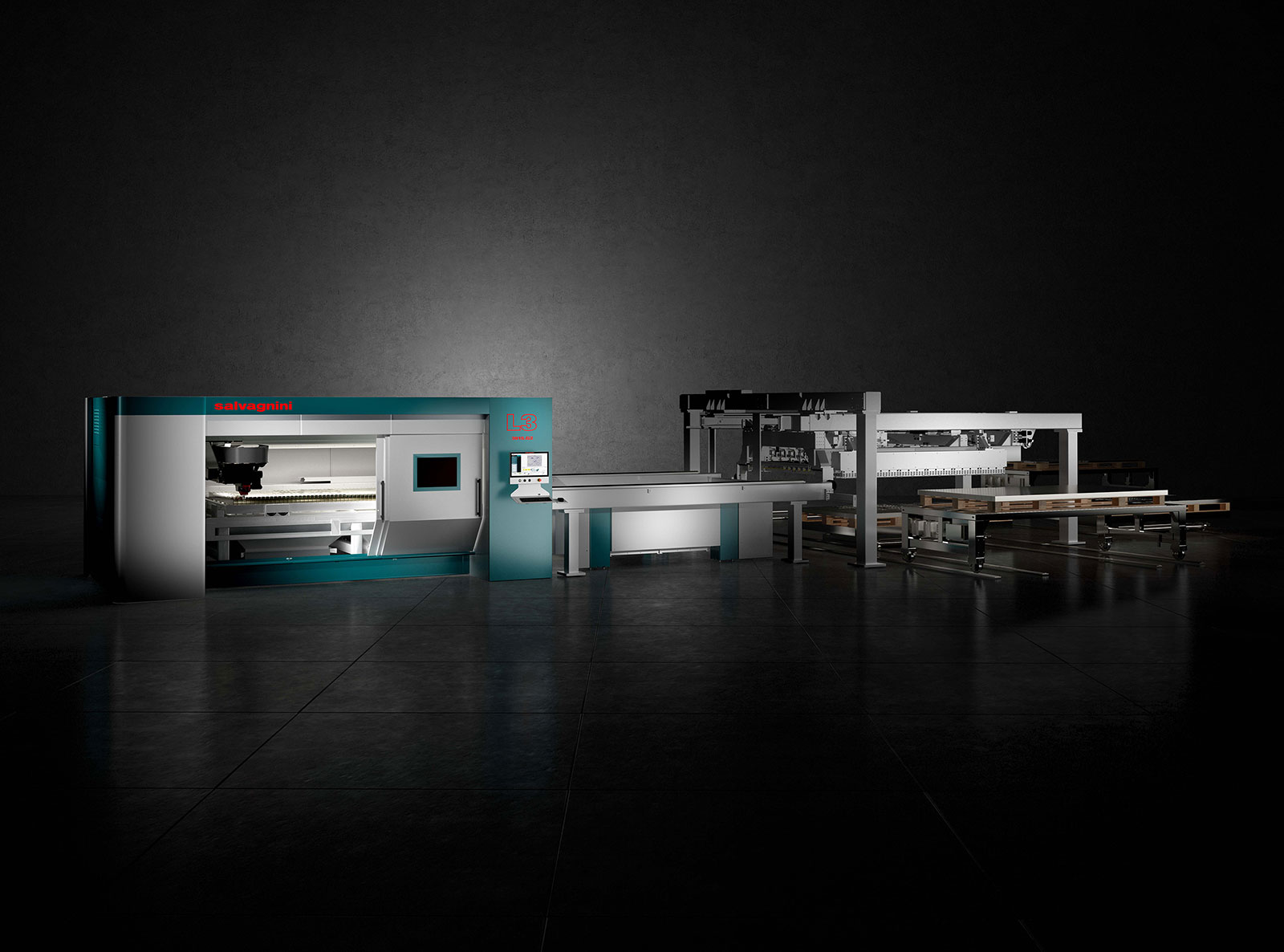
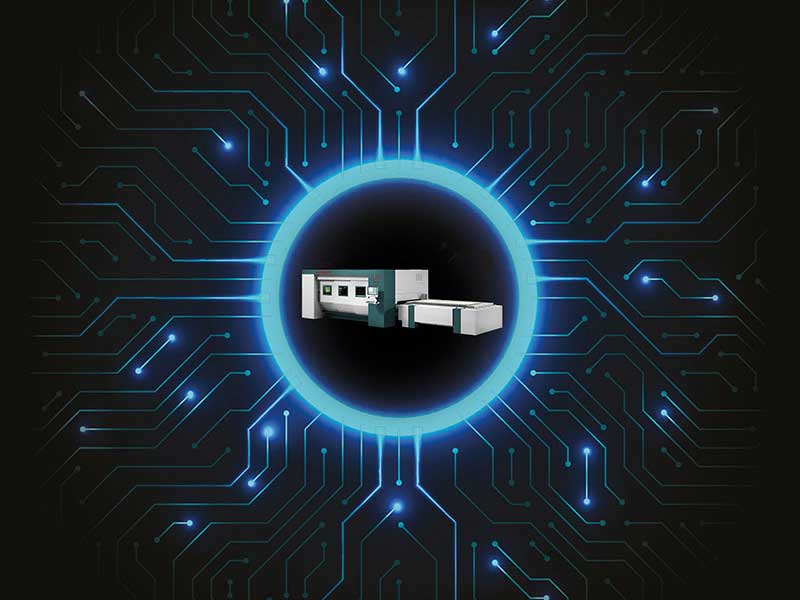
Industry 4.0
Digital transformation and Industry 4.0 are key topics for staying competitive on the market. When adopted, they can implement and manage complex, integrated, highly automated high-performance systems, and can help to develop simple solutions that require no structural changes to the production layout, making the world of smart manufacturing much more accessible.
In the laser world, automation is playing an increasingly key role: on the one hand, cutting speeds risk turning loading and unloading into bottlenecks, and on the other hand, automation can help to reduce the impact of labor costs. The loading/unloading and sorting connections satisfy all automation requirements: from stand-alone operation, to integration in flexible cells or in automatic lights-out factories.
Intelligent system, constant quality
Practically everything you ever wanted to know about the L3 fiber laser, satisfactorily explained.
Software
Industry has changed: flexibility and efficiency are fundamental requirements for managing increasingly smaller batches or rapid item turnover rate. And developments in technology have in some way upset the balance between workloads, with increasingly fast systems which however need to be guided by more and more specific machine programs, the generation of which is increasingly time-consuming. This is why software is increasingly crucial to improving the efficiency of machinery.
Salvagnini’s IoT solution, increases the global efficiency of the laser system. LINKS allows real-time monitoring of the machine’s performance and independent analysis.
Technical data
| Models | L3-30 | L3-40 | L3-4020 | L3-6020 |
| XY working range (mm) | 3048 x 1524 | 4064 x 1524 | 4064 x 2032 | 6096 x 2032 |
| Z axis stroke (mm) | 100 | 100 | 100 | 100 |
| Maximum XY speed (m/min) | 156 | 156 | 156 | 156 |
| Precision1 | ||||
| Position accuracy Pa | 0.08 | 0.08 | 0.08 | 0.08 |
| Average position range Ps | 0.03 | 0.03 | 0.03 | 0.03 |
| Fiber sources | 2000W | 3000W | 4000W | 6000W | 8000WE5 | 8000W | 10000W |
| Cutting capacity (maximum thickness in mm)2 | |||||||
| Steel | 15 | 20 | 20 | 25 | 25 | 25 | 25 |
| Stainless steel | 10 | 12 | 15 | 20 | 25 | 25 | 30 |
| Aluminum | 8 | 10 | 15 | 20 | 25 | 25 | 30 |
| Copper | 5 | 8 | 8 | 8 | 10 | 10 | 10 |
| Brass | 5 | 6 | 8 | 8 | 10 | 10 | 10 |
| Minimum thickness (mm) | 0.5 | ||||||
| Consumption (in kW) | |||||||
| Maximum absorbed power (in kW)3 | 16 | 18 | 21 | 28 | 28 | 34 | 42 |
| Average absorbed power (in kW)4 | 11 | 12 | 13 | 16 | 16 | 20 | 24 |
1 Measurement calculated according to VDI3441 on maximum axis lengths.
2 Cutting quality on limit thicknesses may depend on geometries required, material quality and system operating conditions. At limit values, burrs may be present on the lower edge of the cut. These values are for the Salvagnini reference materials.
3 Maximum absorbed power calculated on a system with standard configuration when cutting 3 reference sheets of mild steel with a thickness of 0.8-6 mm.
4 Average absorbed power calculated on a system with standard configuration when cutting 3 reference sheets of mild steel with a thickness of 0.8-6 mm.
5 High efficiency version.








